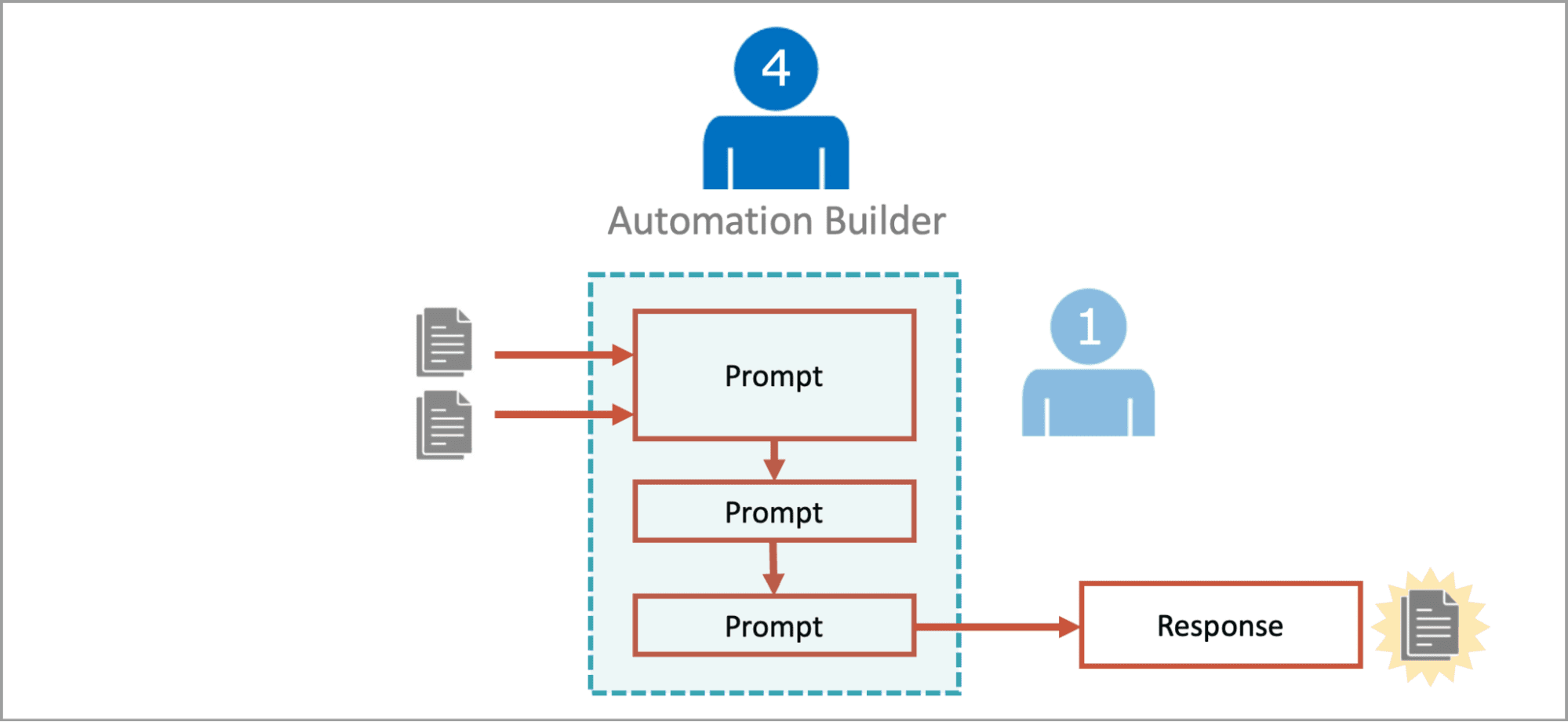Optimizing Projects with CSI Trades Estimating and Takeoffs
CSI Estimating System

In the construction industry, accuracy in planning and budgeting is essential. One proven method to achieve this is through CSI trades estimating and takeoffs. This structured approach ensures that every aspect of a construction project is organized, measurable, and clearly communicated—ultimately saving time, reducing waste, and improving project outcomes.
What Are CSI Trades Estimating and Takeoffs?
CSI trades estimating and takeoffs refers to the process of calculating the quantities and costs of construction materials and labor using the Construction Specifications Institute (CSI) MasterFormat. This format divides construction work into standardized divisions such as Concrete (Division 03), Masonry (Division 04), Electrical (Division 26), and many others.
By aligning takeoffs and cost estimates with these CSI divisions, contractors and estimators can structure their project data in a way that’s easy to understand, share, and verify. This not only helps with bid accuracy but also supports project tracking and accountability from start to finish.
Why CSI Trades Estimating and Takeoffs Matter
Using a standardized system like CSI trades estimating and takeoffs improves clarity across all project stakeholders. When everyone—from estimators to subcontractors—is working from the same organized set of divisions, it eliminates confusion, overlap, and missed scope items.
Inaccurate or poorly structured estimates often result in budget overruns, delays, and rework. With CSI-based takeoffs, every material and labor requirement is categorized correctly, making it easier to identify cost drivers, manage procurement, and create precise schedules.
This method also enhances the bid process. General contractors can send out clearer scopes to subcontractors, and clients can review costs by trade, giving them a more detailed understanding of where their money is going.
Technology’s Role in CSI Trades Estimating and Takeoffs
Modern construction software has made CSI trades estimating and takeoffs faster and more accurate. Digital tools allow users to upload blueprints, perform measurements, and automatically apply costs—all while assigning each item to the proper CSI division.
These platforms reduce human error and make collaboration easier, especially on large or complex projects. Estimators can quickly update quantities, adjust pricing, and generate detailed reports that align with bid requirements and construction documentation. This integration with project management systems and Building Information Modeling (BIM) enhances overall efficiency.
The Value Across the Construction Lifecycle
CSI trades estimating and takeoffs benefit more than just estimators. Project managers can track actual costs versus estimated costs in real time, making it easier to control budgets. Subcontractors get clearer scopes, reducing disputes and change orders. Architects and designers use the same CSI format to prepare specifications, ensuring consistency across documentation.
This standardized approach also supports better facility management after construction is complete, as maintenance teams can refer to well-organized records that align with each trade.
Conclusion: The Smart Approach to Construction Estimating
Adopting CSI trades estimating and takeoffs brings structure, consistency, and clarity to your construction projects. By following a recognized standard, you improve communication, reduce risk, and enhance decision-making at every phase. Whether you’re bidding on a new project or managing an active job site, using this system gives you the precision and professionalism needed to stay competitive in today’s construction market.























































































































































